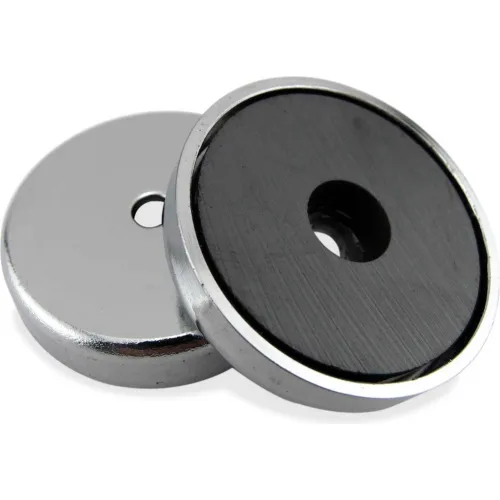j2020
Member
- Location
- California
- Occupation
- Engineer
Is it permissible to strap a liquid-tight flex conduit to the side of a rooftop exhaust shaft that is about 12 feet tall?
I have to install an obstruction light on top of the rooftop exhaust shaft being that there is a helipad on the roof.
If not permissible, how would you recommend strapping a 3/4" conduit to run it up 12 feet to the obstruction light? Thanks.
I have to install an obstruction light on top of the rooftop exhaust shaft being that there is a helipad on the roof.
If not permissible, how would you recommend strapping a 3/4" conduit to run it up 12 feet to the obstruction light? Thanks.




